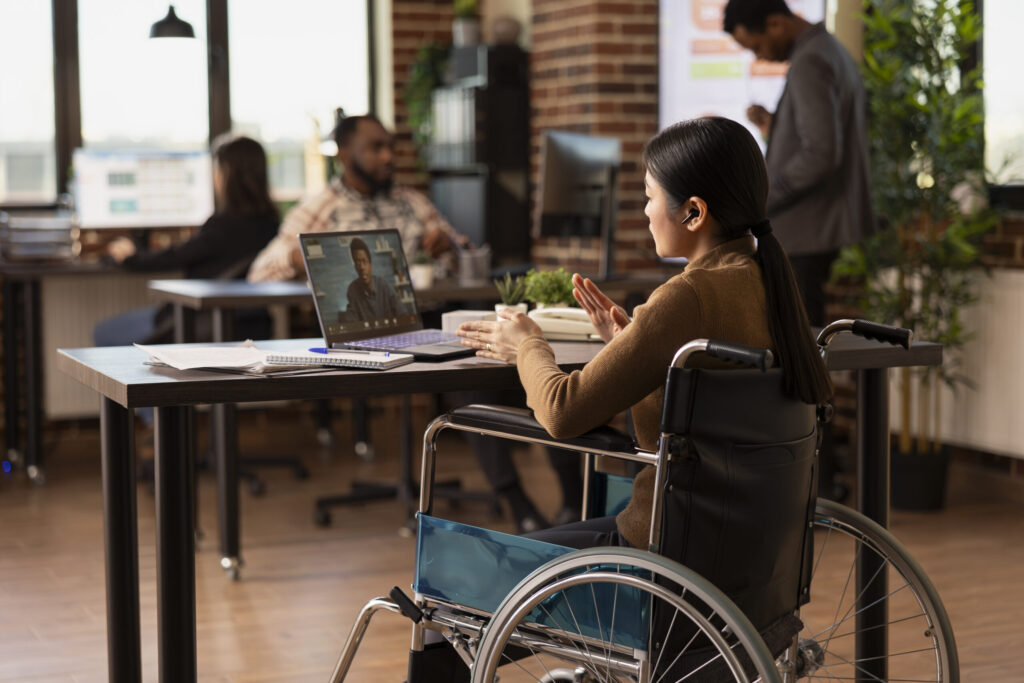In the realm of workplace rehabilitation, injuries are not always visible. Mental health conditions, such as anxiety, depression, and post-traumatic stress disorder (PTSD), alongside cognitive challenges like memory impairment and reduced concentration, represent “invisible injuries” that can significantly affect an individual’s ability to return to work. Recognising and addressing these issues is critical to creating inclusive and effective return-to-work plans that prioritise both mental and cognitive recovery.

The Unique Challenges of Invisible Injuries
Unlike physical injuries, mental health and cognitive impairments often go unnoticed or are misunderstood in the workplace. These conditions can manifest as:
- Difficulty concentrating or processing information.
- Emotional distress, such as anxiety or mood swings.
- Fatigue or lack of motivation.
- Social withdrawal or difficulty interacting with colleagues.
These symptoms can affect job performance and workplace interactions, making the return-to-work process more complex. Moreover, the stigma surrounding mental health can discourage individuals from seeking help or communicating their challenges, further complicating recovery efforts.
Recognising Invisible Injuries in Rehabilitation
Acknowledging the presence of invisible injuries is the first step toward effective support. Employers, rehabilitation professionals, and colleagues must adopt a proactive approach by:
- Conducting thorough assessments: Identifying the psychological and cognitive aspects of an individual’s condition through professional evaluations.
- Encouraging open communication: Creating a safe environment where employees feel comfortable discussing their needs and challenges without fear of judgement.
- Raising awareness: Educating staff about the prevalence and impact of mental health conditions and cognitive impairments to foster empathy and understanding.
Developing Inclusive Return-to-Work Plans
A well-structured return-to-work plan tailored to the needs of individuals with invisible injuries can significantly enhance recovery and workplace reintegration. Key strategies include:
- Flexible Work Arrangements: Gradual reintegration through part-time hours, reduced workloads, or remote working options allows employees to adjust at their own pace.
- Workplace Modifications: Providing quiet spaces, assistive technologies, or memory aids can support employees facing cognitive challenges.
- Mental Health Support: Access to counselling, peer support groups, or workplace wellness programs ensures employees have the resources they need to manage their mental health.
- Training for Managers: Educating supervisors about recognising and supporting invisible injuries equips them to respond with empathy and provide appropriate accommodations.
Breaking Down Barriers to Recovery
Stigma remains one of the greatest barriers for employees recovering from invisible injuries. Organisations can foster a culture of acceptance and inclusion by:
- Promoting mental health initiatives: Hosting events like Mental Health Awareness Week or offering mental health first-aid training.
- Normalising support-seeking behaviours: Encouraging employees to utilise Employee Assistance Programs (EAPs) and other available resources.
- Celebrating small victories: Recognising progress in an individual’s recovery journey helps build confidence and morale.
The Role of Multidisciplinary Support
Rehabilitation for invisible injuries often requires a collaborative approach. Teams comprising occupational therapists, psychologists, and health coaches can address the multifaceted nature of these injuries. This holistic method ensures that physical, mental, and cognitive challenges are all treated simultaneously, promoting a more sustainable return-to-work outcome.
Conclusion
Invisible injuries present unique challenges but are no less significant than physical ones. By recognising these conditions and implementing tailored rehabilitation strategies, organisations can support employees in their recovery and reintegration. Prioritising mental health and cognitive well-being not only benefits individual workers but also contributes to a more inclusive, resilient, and productive workplace.



